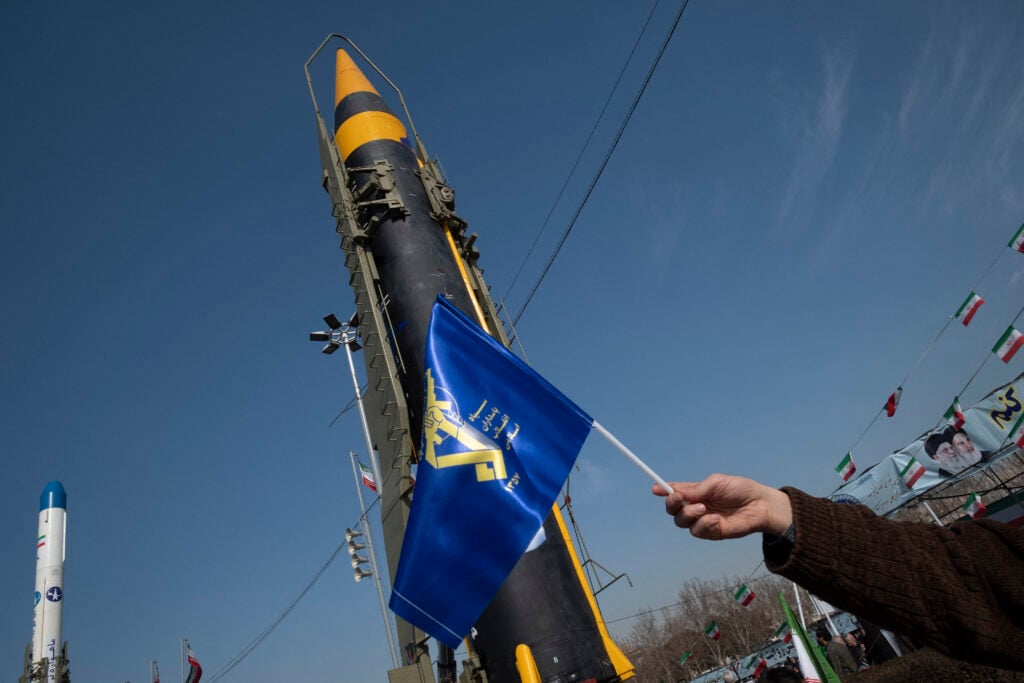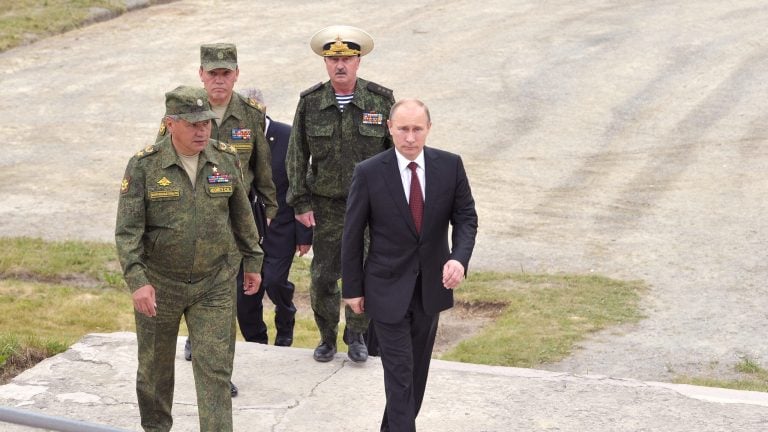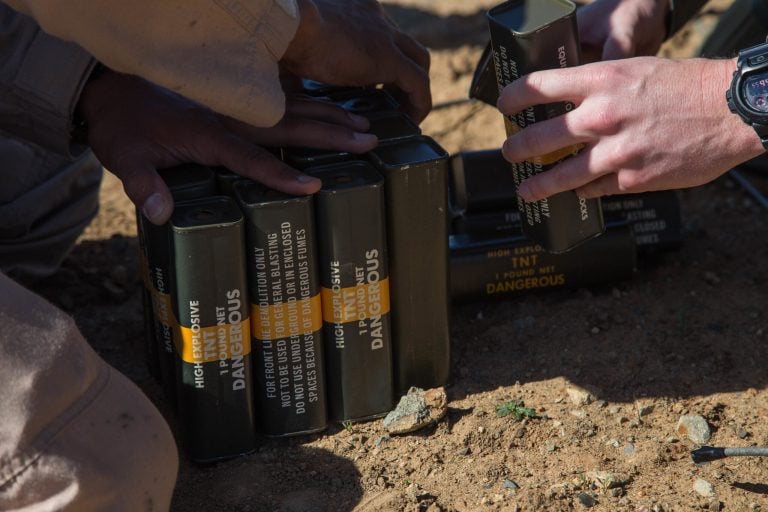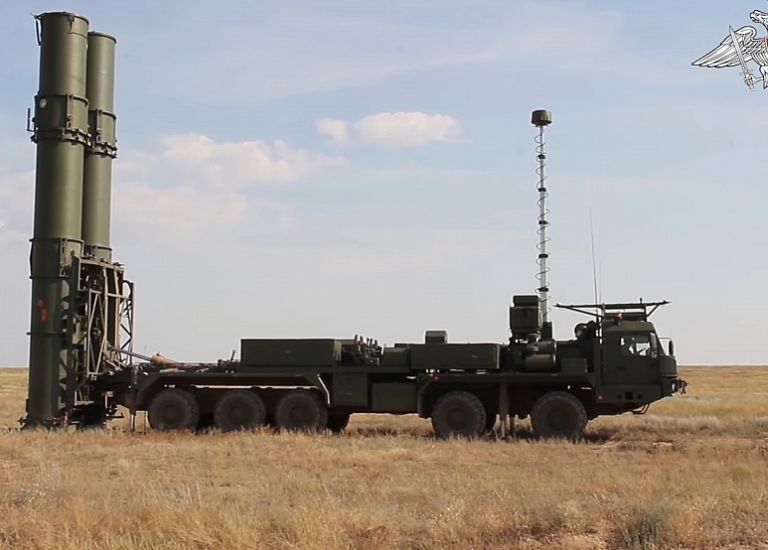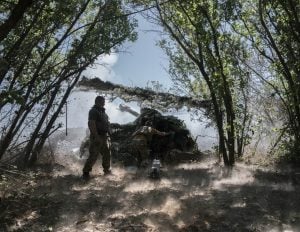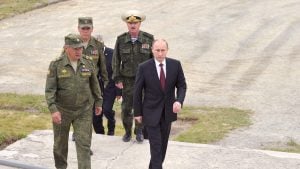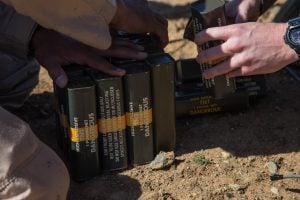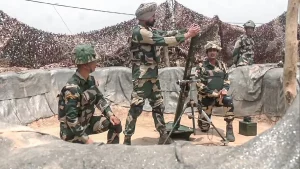Iran launched a significant retaliatory strike against Israel on Friday, firing a barrage of ballistic missiles in response to a series of Israeli air raids that targeted key military officials and nuclear facilities within the Islamic republic. The attacks intensified a dangerous exchange between the two nations, marked by escalating tensions and military actions.
Air raid sirens wailed throughout Israel as explosions were reported in various locations, including downtown Tel Aviv, where smoke was observed rising from high-rise buildings. Israeli Prime Minister Benjamin Netanyahu had cautioned the public ahead of the expected multiple waves of Iranian retaliation, which was characterized by Iran’s Revolutionary Guard as an assault on dozens of targets across Israel.
The missile attack followed an Israeli offensive that reportedly resulted in the deaths of several high-ranking Iranian military leaders, including key figures from the Revolutionary Guards’ air force hierarchy. Israeli sources stated that airstrikes targeted approximately 200 sites, including nuclear facilities, signaling a significant escalation in hostilities.
In a show of defiance, Iranian Supreme Leader Ayatollah Ali Khamenei pledged to bring Israel “to ruin” in a televised speech, indicating that the Islamic republic’s armed forces would deliver substantial blows to what he termed a “malevolent enemy.” Concurrently, former U.S. President Donald Trump urged Iran to seek a diplomatic resolution regarding its nuclear program, warning that further military responses would be severe.
Netanyahu emphasized Israel’s capability as the sole undeclared nuclear power in the Middle East, stating that operations aimed at crippling Iran’s nuclear enrichment efforts would persist until their objectives were met. Intelligence assessments suggested that Iran was approaching a critical juncture in its nuclear ambitions, prompting heightened urgency for Israel’s military actions.
Among those reportedly killed in the Israeli strikes were the chief of the Iranian armed forces, Mohammad Bagheri, and the head of the Revolutionary Guards, Hossein Salami. Following their deaths, Khamenei quickly appointed new commanders, asserting that the leadership of the armed forces remained undeterred.
Reports detailed further destruction in Iran, including damage to a residential building in Tehran, while Iranian media indicated casualties, including a number of nuclear scientists. As the violence continued, there was a halt to air traffic at Tehran’s Imam Khomeini International Airport, with regional nations such as Iraq, Jordan, and Syria closing their airspace in response to the heightened conflict.
In Israel, concerns escalated over public safety; a state of emergency was declared amid fears about potential consequences for both citizens and the economy. Many residents expressed anxiety over the unfolding situation, highlighting the psychological toll of ongoing military engagements.
As international tensions mounted, the United Nations Security Council scheduled an emergency meeting to discuss the crisis, prompted by a request from Iran and supported by Russia and China. The discussions come at a time when diplomatic efforts regarding Iran’s nuclear program appear increasingly complicated, with forthcoming negotiations in Oman now in jeopardy.
While the International Atomic Energy Agency (IAEA) confirmed that radiation levels in the vicinity of the Natanz nuclear site remained unchanged, Israeli officials reiterated calls for global action against Iran, underscoring the increasingly fractious atmosphere surrounding nuclear proliferation concerns.
Experts analyzed the unfolding events, suggesting that Israel’s actions could signify a declaration of all-out war against Iran. Amidst this backdrop, the U.S. reiterated its stance of non-involvement in Israel’s military operations while cautioning Iran against any aggression toward American personnel or interests in the region.
